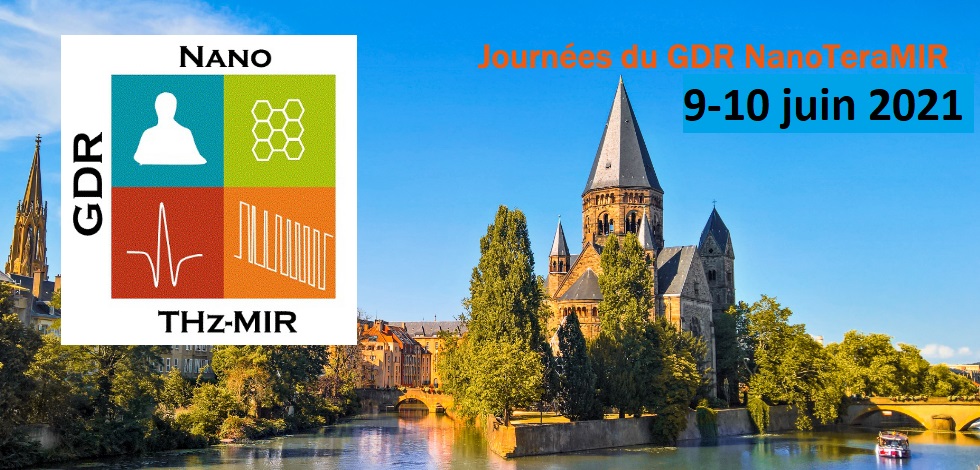Understanding fundamental interactions between a small number of thermally excited subwavelength antennas is an essential step to optimize the emission of large-scale metasurfaces. The very weak thermal radiation emitted by such systems of nano-antennas, can be extracted by highly sensitive techniques, such as thermal radiation scanning tunneling microscopy [1], and infrared spatial modulation spectroscopy (IR-SMS) [2]. Here, we characterize the far-field thermal emission of a single asymmetric pair of coupled subwavelength metal-insulator-metal (MIM) patch antennas separated by a nanometric gap g, using the IR-SMS technique [3]. The sample geometry and experimental technique are sketched in Fig.1 (a). As the gap size is reduced to 100 nm (Fig 1(b) and (c), red curve) the two gold patches of the MIM antennas form a dimer pair and a splitting starts to form in the resonance peak between 7 and 8 μm. The observed splitting is a direct result of the simultaneous excitation of the hybrid bonding and anti-bonding modes of the dimer [4], shown in the inset of Fig 1(c). This striking result shows that various coupled modes of a single nano-antenna can be simultaneously excited by thermal fluctuations, an incoherent process arising from fluctuating thermal currents. The observed interactions in a single pair of thermally excited antennas may guide future efforts to build antenna systems or arrays for various applications.
References:
[1] Y. De Wilde et al. Nature, vol. 444, no. 7120, pp. 740–743, 2006.
[2] C. Li et al. Physical Review Letters, vol. 121, no. 24, p. 243901, 2018.
[3] L. Abou-Hamdan et al. Optics Letters, vol. 46, no. 5, pp. 981–984, 2021.
[4] P. Nordlander et al. Nano Letters, vol. 4, no. 5, pp. 899–903, 2004.



